Cooking oil is a kitchen essential, but when it comes to disposing of it, many find themselves uncertain of the proper methods.
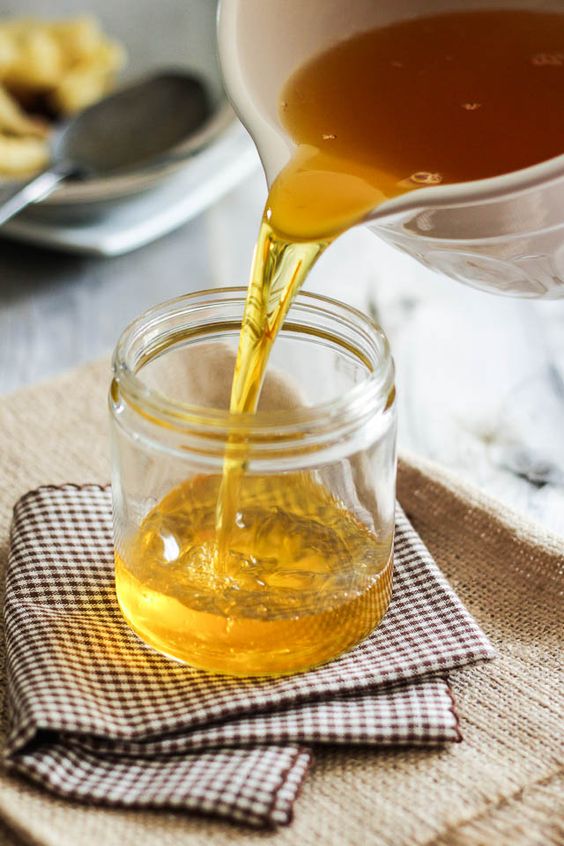
**1. Cooling and Straining:
Emphasize the importance of allowing used cooking oil to cool completely before disposal. Straining the oil to remove any food particles, which not only aids in disposal but also extends the oil’s usability.
- Hot oil can degrade more rapidly, affecting its quality for future use. Cooling it slowly at room temperature helps preserve its integrity.
- Straining the cooled cooking oil that removes any food particles or debris that may have accumulated during the cooking process. This not only enhances the flavor of future dishes but also prevents clogs in pipes or drains when disposing of the oil.

- By removing impurities, you can reuse the oil for a longer period, saving money and reducing waste. Clean oil contributes to better-tasting meals and maintains the efficiency of your frying or cooking medium.
- Use a fine mesh strainer or cheesecloth to strain the oil. Place the strainer over a clean, dry container, ensuring that it can hold the volume of the oil you’re straining. Gently pour the cooled oil through the strainer, allowing it to filter out any solid particles.
- Storage After Straining: Once strained, consider storing the oil in a sealed container in a cool, dark place. This protects it from exposure to air and light, further preserving its quality for future use.
*Notes:
Hot oil poses a burn risk, so allowing it to cool ensures your safety during the disposal process. Never attempt to handle or dispose of hot cooking oil.
**2. Storage for Reuse:
Before disposing of cooking oil, consider whether it can be reused. Check out storage methods for used oil that is still suitable for another round of cooking.

Cool Before Storing: After allowing the used cooking oil to cool and straining it to remove any food particles, ensure it reaches room temperature before storing. This prevents condensation inside the storage container.
Use an Airtight Container: Choose a clean, airtight container for storing the oil. This helps prevent exposure to air, which can lead to oxidation and rancidity. A dark-colored container is preferable to shield the oil from light.
Label the Container: Clearly label the container with the type of oil and the date it was used. This information helps you track the oil’s freshness and ensures you use it within a reasonable timeframe.
Store in a Cool, Dark Place: Find a cool, dark place in your kitchen to store the container. Avoid places near the stove or other heat sources, as excessive heat can accelerate the oil’s deterioration.

Avoid Mixing Oils: If you plan to reuse the oil for a specific type of cuisine, avoid mixing oils with different flavors. Use separate containers for oils used for frying sweet and savory dishes to maintain the integrity of the flavors.
Check for Signs of Spoilage: Periodically check the stored oil for any signs of spoilage, such as off odors, discoloration, or the formation of sediments. If the oil shows any of these signs, it’s best not to reuse it.
Filter Before Reuse: Before using the stored oil for cooking, consider filtering it again. This step ensures that any impurities that may have settled during storage are removed, providing you with clean and usable cooking oil.
Dispose of When Necessary: While proper storage can extend the life of used cooking oil, it’s essential to recognize when it’s no longer suitable for reuse. If the oil develops an off smell, unusual color, or any signs of spoilage, it’s time to dispose of it responsibly.
**3. Recycling Centers:
Investigate local recycling centers that accept used cooking oil. Discover the environmental benefits of recycling and how the collected oil can be repurposed for alternative energy sources.

By following these simple steps, you can make a positive impact on your local community and reduce the ecological footprint of your culinary endeavors.
**4. DIY Oil Absorption:
Introduce eco-friendly methods of repurposing used cooking oil at home. Share ideas like using it as a base for homemade soap or as a natural lubricant for household items.
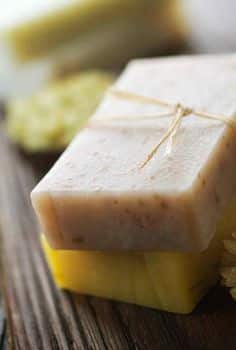
**5. Solidifying for Disposal:
Learn about a simple technique to solidify cooking oil before disposal. Discover how adding absorbent materials, like flour or cat litter, can help turn liquid oil into a manageable solid.
**6. Grease Disposal Bags:
Explore the availability of grease disposal bags designed for safe and easy oil disposal. Understand how these bags can be used to contain used cooking oil and prevent leaks.
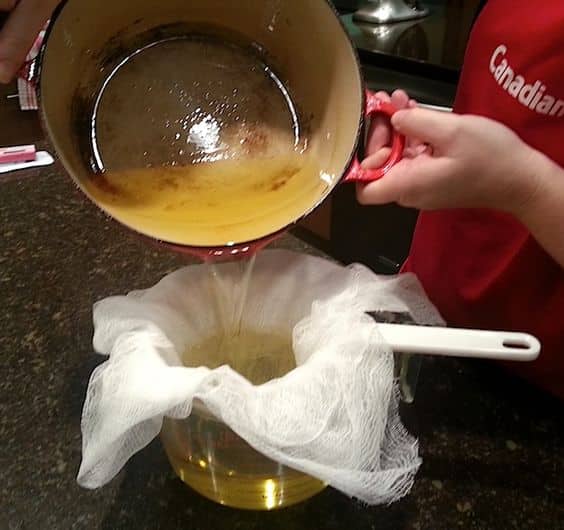
**7. Avoiding Sink Disposal:
Highlight the importance of never pouring cooking oil down the sink. Discuss the potential consequences of this common mistake, including clogged pipes, sewer issues, and environmental harm.
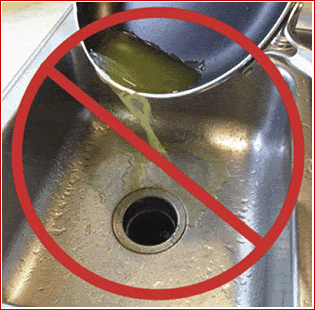
**8. Composting Options:
Investigate whether your used cooking oil is suitable for composting. Explore guidelines for incorporating oil into your compost bin without compromising the composting process.
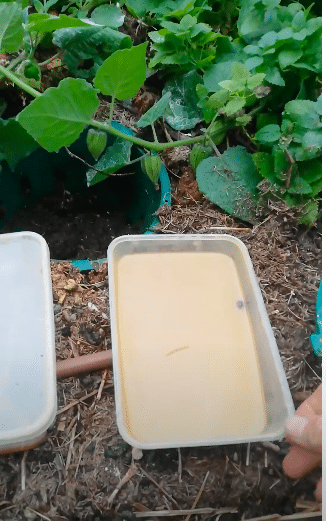
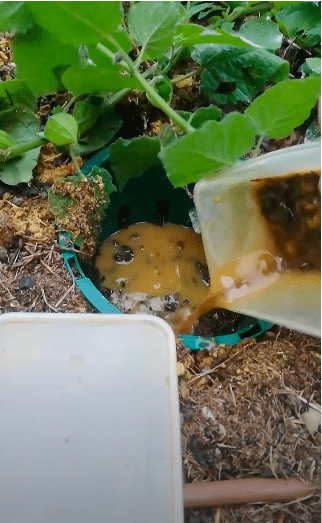

As we wrap up this guide on the right way to dispose of cooking oil, it’s clear that proper disposal not only benefits your kitchen but also contributes to a cleaner environment. A cleaner kitchen and a greener planet await when you dispose of your cooking oil the right way!

